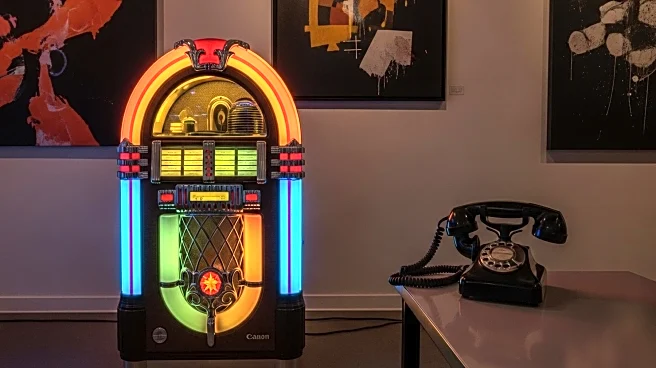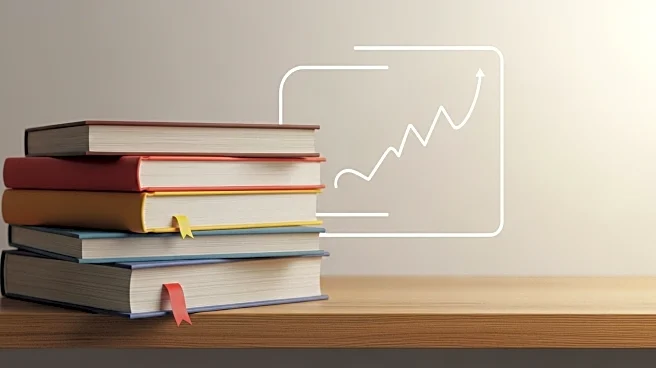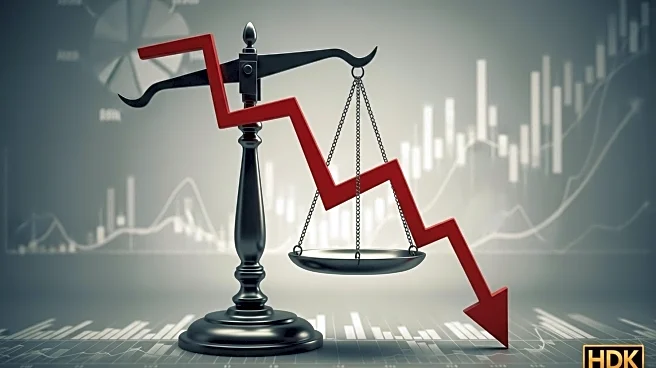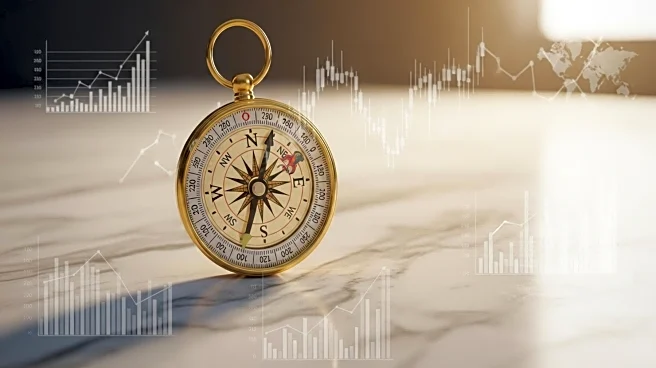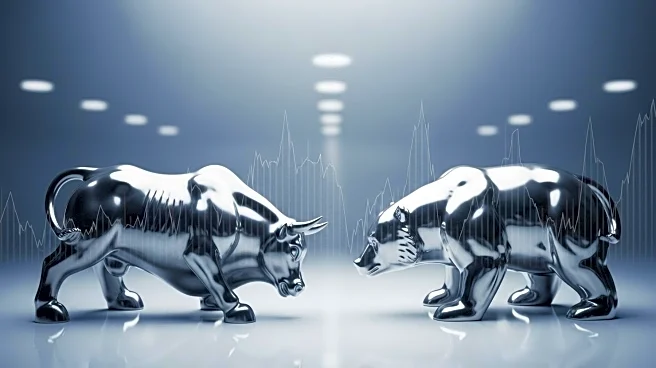What is the story about?
What's Happening?
Recent analysis highlights unconventional indicators suggesting economic uncertainty in the United States. These pop-culture recession indicators include increased law-school applications, decreased demand for cardboard boxes, and heightened use of libraries and generic products. Historically, such indicators have been validated as signals of economic health. Despite traditional economic indicators not yet confirming a recession, these cultural signs reflect consumer behavior changes amid financial anxiety. The concept of pop-culture recession indicators, such as the hemline index, has been used to gauge economic conditions, although they are not always reliable due to varying societal responses to crises.
Why It's Important?
Understanding pop-culture recession indicators is crucial as they offer insights into consumer sentiment and behavior during economic uncertainty. These indicators, while not definitive, provide a unique perspective on how individuals adjust their spending habits in response to perceived financial constraints. The rise in law-school applications and the decline in cardboard box demand suggest shifts in priorities and economic activities. Such changes can impact various sectors, including education, retail, and public services, as people seek cost-effective alternatives and stress relief. These indicators highlight the broader societal impact of economic anxiety, influencing both consumer choices and industry trends.
What's Next?
As economic uncertainty persists, stakeholders may continue to monitor both traditional and unconventional indicators to assess the potential for a recession. Businesses might adapt by offering more affordable products and services, while policymakers could focus on measures to stabilize consumer confidence. The ongoing discussion around pop-culture recession indicators may lead to further exploration of their validity and relevance in economic forecasting. Additionally, public discourse on economic conditions may influence consumer behavior, potentially exacerbating or alleviating financial anxiety depending on the narrative.
Beyond the Headlines
The reliance on pop-culture indicators underscores the psychological aspect of economic forecasting, where individuals seek tangible signs to validate their experiences. This phenomenon reflects a desire for control and predictability in uncertain times. The cultural dimension of economic indicators also highlights the intersection of societal norms and financial realities, where trends and behaviors become proxies for economic health. As discussions around these indicators continue, they may shape public perception and policy responses, emphasizing the need for comprehensive approaches to understanding and addressing economic challenges.
AI Generated Content
Do you find this article useful?
